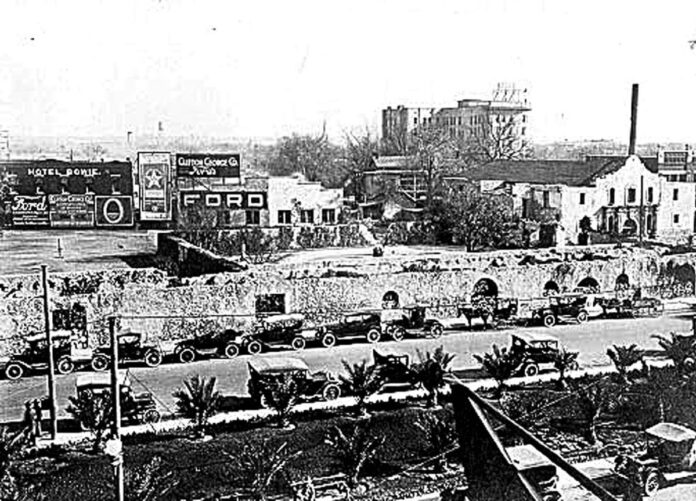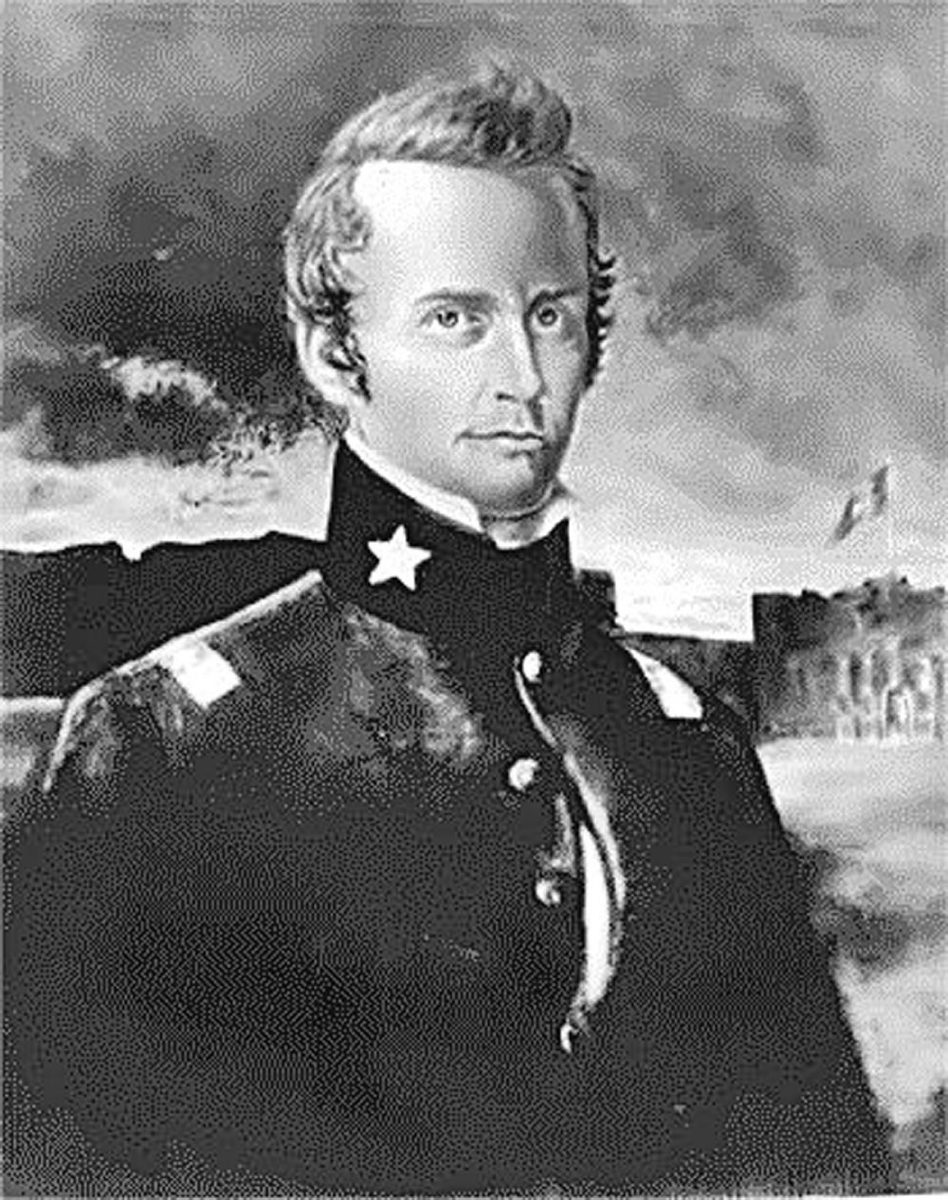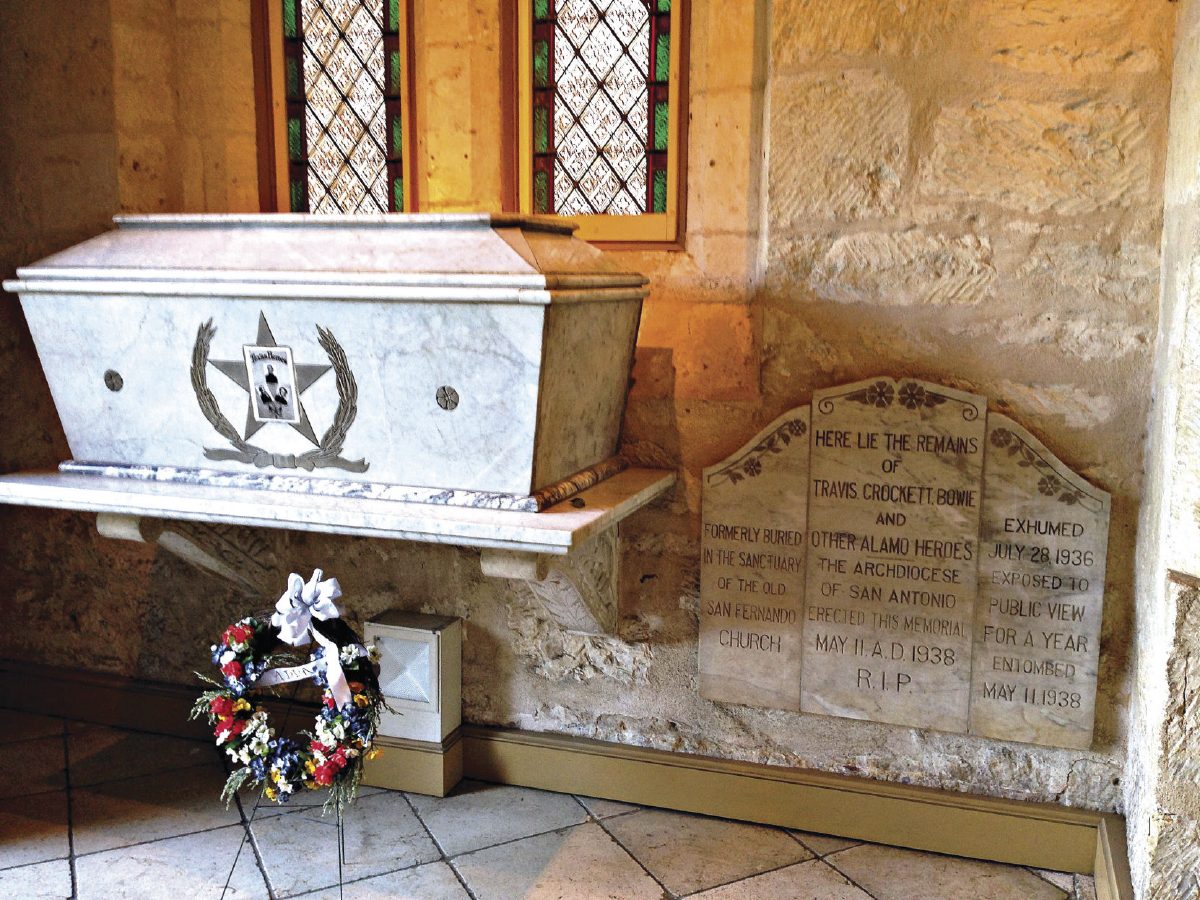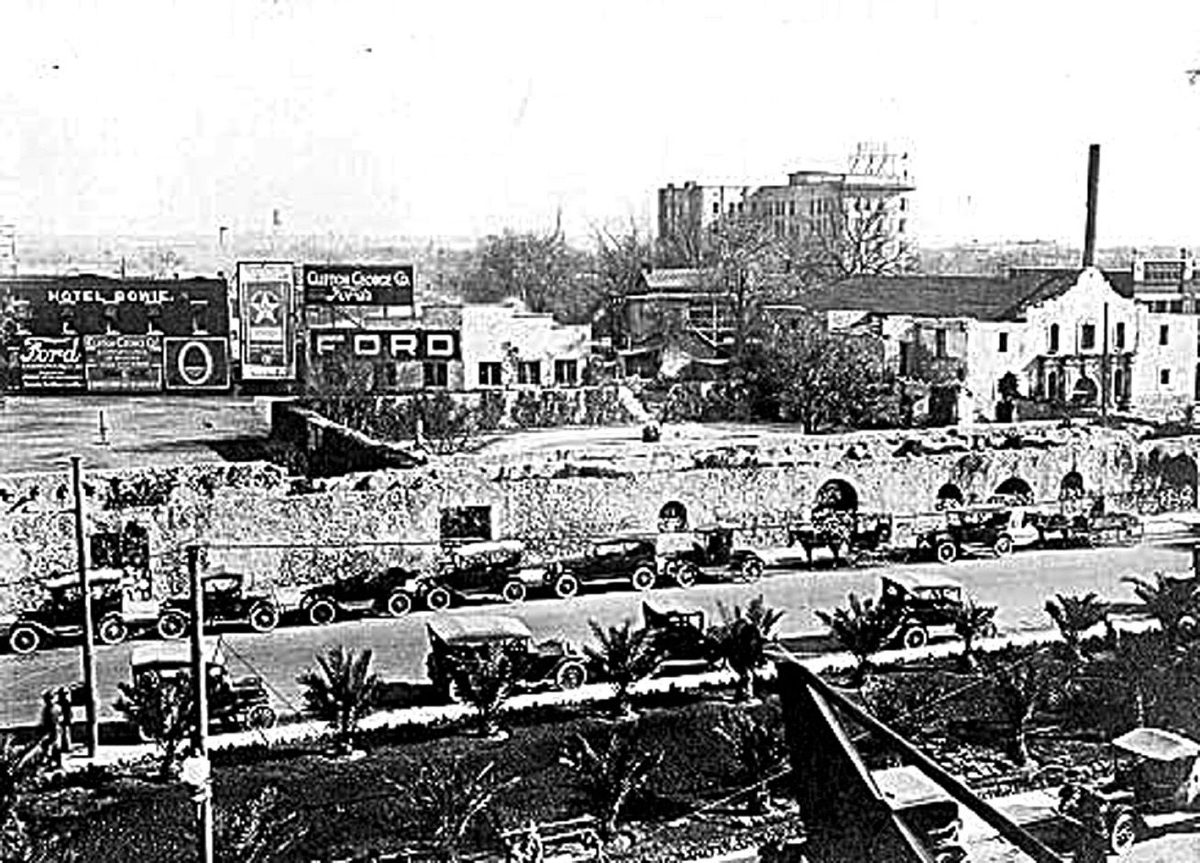BY NORMAN ROZEFF
The story of the Alamo is treasured in Texas history and is known worldwide. Its commander has also received widespread recognition. He was William Barret “Buck” Travis, a 26-year-old lieutenant colonel in the Texas Army.
His ancestor had come to the British Colonies of North America as an indentured servant. The family eventually ended up in the colony of South Carolina where William was born on June 1, 1808, the oldest of ten children born to Mark and Jemima Travis.
Travis completed his education at age 18 and took a position as an assistant teacher in Monroe County. Later he moved to Claiborne, then a major Alabama city and began to study law under famed lawyer James Dellet. Travis had fallen in love with a student, Rosanna Cato, and they subsequently married on October 26, 1828.
While still studying law, Travis commenced publishing a newspaper, the Claiborne Herald. He was unsuccessful at this enterprise and it soon failed, but on February 27, 1829, Travis passed his law examination and received permission to legally practice, so he borrowed $55.37 to open a law office, as well as $90 earlier in the year to help pay for the Herald. “Now in debt and with no practical income, he took in three boarding students, and to help Rosanna with the workload, he purchased two slaves. Maintaining the slaves increased his expenses, pushing Travis further into debt.”
When his debts continued to mount, he was sued and brought to court where he was humiliated and an order given for his arrest. At this time he learned of the opportunities being offered in Texas under the First Mexican Republic. Leaving his wife then pregnant with their second child, Travis left for Texas thereby avoiding arrest.
In May 1831, upon his arrival in Mexican Texas, Travis purchased land from Stephen F. Austin, who appointed him consul from the United States. He set up a practice in Anahuac and soon commenced revolutionary activities there in opposition to Mexican rule.
Soon he was appointed a lieutenant colonel of the Legion of Cavalry and took on the task of recruiting for the new regular Texas Army. When told to go to reinforce the Alamo Mission in San Antonio, Travis was reluctant to do so due to the lack of numbers and equipment involved. James Bowie had arrived at the Alamo with 30 men [another source puts this at 100] on January 19, 1836. Travis followed on February 3 with 18 regulars out of the 29 that he was able to recruit.
There then ensued a debate between Bowie and Travis as to who would command the Alamo forces. A compromise was reached when it was decided that Bowie would command the volunteers while Travis would command the regulars. This became moot when Bowie took ill, and Travis took over the whole command.
The Alamo was soon surrounded by Mexican army forces. It was then, on February 24, 1836, that Travis wrote his plea that would become forever famous. It read:
To the People of Texas and All Americans in the World Fellow citizens and compatriots;
I am besieged, by a thousand or more of the Mexicans under Santa Anna. I have sustained a continual Bombardment and cannonade for 24 hours and have not lost a man. The enemy has demanded a surrender at discretion, otherwise, the garrison are to be put to the sword, if the fort is taken. I have answered the demand with a cannon shot, and our flag still waves proudly from the walls. I shall never surrender or retreat. Then, I call on you in the name of Liberty, of patriotism and everything dear to the American character, to come to our aid, with all dispatch. The enemy is receiving reinforcements daily and will no doubt increase to three or four thousand in four or five days. If this call is neglected, I am determined to sustain myself as long as possible and die like a soldier who never forgets what is due to his own honor and that of his country.
VICTORY or DEATH.
William Barret Travis
Lt. Col. Comdt.
P.S. The Lord is on our side. When the enemy appeared in sight we had not three bushels of corn. We have since found in deserted houses 80 or 90 bushels and got into the walls 20 or 30 head of Beeves.
Travis
While the letter did reach the outside world, Sam Houston and his small army were unable tactically to render assistance. Nevertheless Travis’s message was to serve as an inspirational motivation for the Texian army.
In late April 1836 the Mexican army under General Santa Anna began a 13 day siege of the Alamo. On March 6, the major assault took place. Travis died fighting to the end. His remains were later burned along with all the other Alamo defenders.
Together their ashes lie near the entrance to the San Fernando Cathedral in San Antonio. Travis Park was one of three parks set aside in early Harlingen. It later became the site of the old Harlingen Library and now holds various city offices. Across the street the Travis Elementary School now honors this patriot’s memory as do many another school in Texas.







